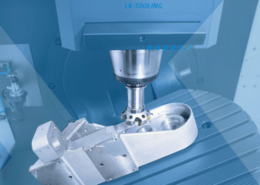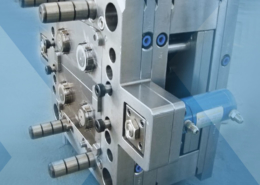
Plastic Injection Molding Services - us injection molding companies
Author:gly Date: 2024-10-15
Materials Used & Part Characteristics: PA12 is the most common, but PA6 and PA11 are also common. ABS, PC PMMA, POM and some TPU’s and compounds with additives are also available. Nylons offer strong, heat resistant and durable parts.
Our plastic prototypes are high quality and are made with accuracy and consistency. Our network of providers has the expertise to consult on your design and make the appropriate changes easily and at a low cost.
Overview: SLS provides the ability to generated complex geometry, highly accurate and durable parts that are suitable for use as functional parts.
Overview: Fused Deposition Modeling is a low-cost prototyping process that allows for mechanically strong parts to be created.
Rapid Prototyping is an additive manufacturing technology and comprises of techniques that can speed up the time it takes to fabricate a prototype with flexibility. It all starts with a design from modeling or CAD software. And then with 3D printing we can interpret the CAD data and create the 3D model.
Overview: 3D Scanning or 3D Imaging is a process where the digital shape an object can be measured with non-contact imaging systems. 3D laser scanners collect millions of data points in three dimensional space called a point cloud. This method provides extremely accurate measurements of these points in X, Y, Z positions. The resulting digital image can be drafted or modeled in CAD systems to create a model that can be reproduced or edited to the desired geometry. 3D scanning is very useful in reverse engineering where legacy parts produced prior to digital technology or parts with no CAD model can be created and used for documentation, modeling, 3D printing, production tooling, or quality inspection.
Materials Used & Part Characteristics: Photopolymer (UVcurable) epoxy or acrylic-base materials are used to manufacture fine resolution cosmetic parts.
Overview: SLA provides the ability to print very tight tolerances, smooth surface finishes and high resolution of small features. The main downside is the lower mechanical strength and not suitable for exposure to UV or sunlight.
The injection molding process was first established in the 1930s. Injection molding is today one of the best processes for producing solid and durable plastic jars. Polypropylene (PP) is a common thermoplastic material used in injection molding. Another thermoplastic that is commonly used is Polystyrene. These thermoplastics are often used across the world for the manufacturing of injection molded parts. Parkway Plastics manufactures plastic jars in Polypropylene and Polystyrene in Parkway’s injection molding machines. Let's learn all we need to know about injection molding:
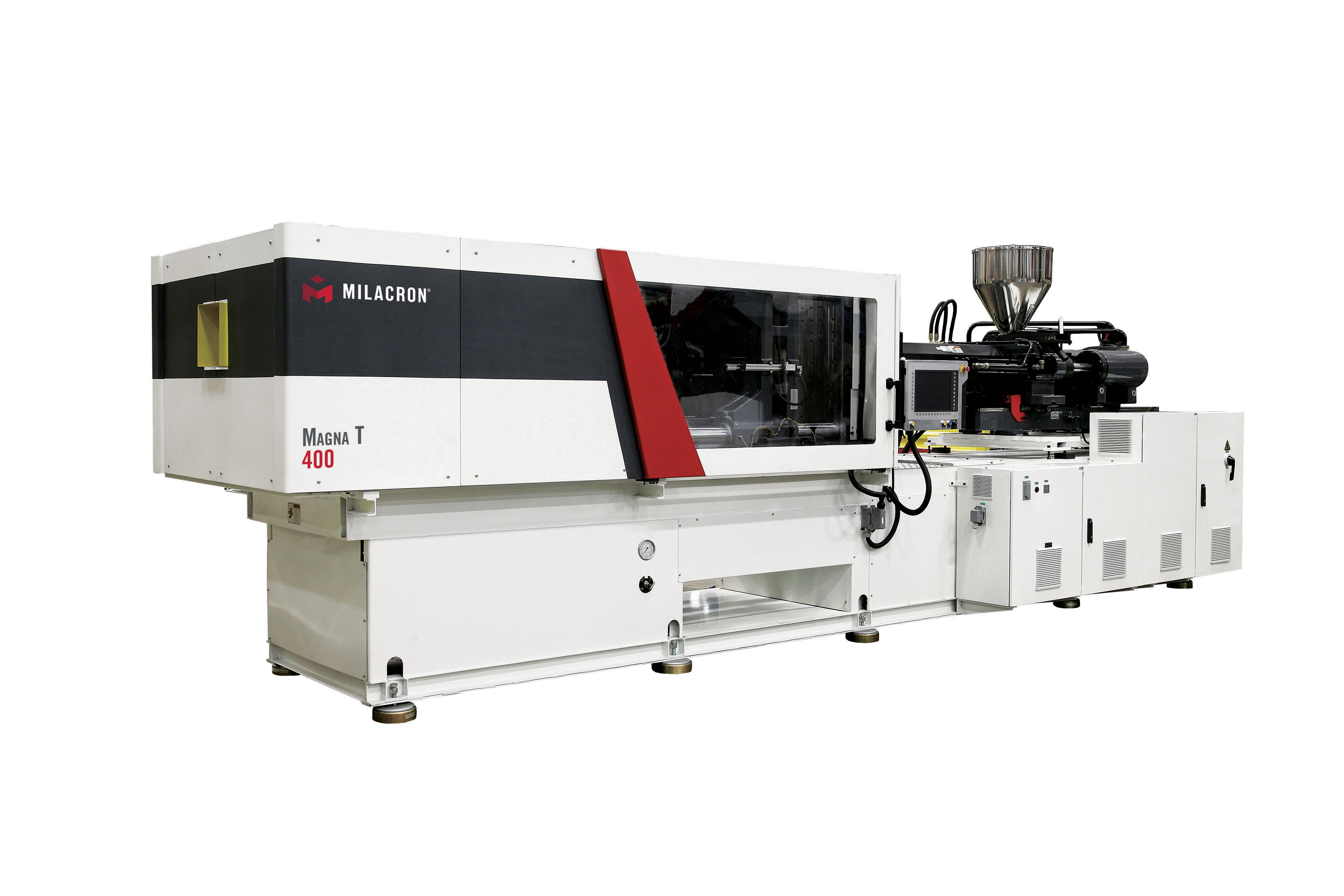
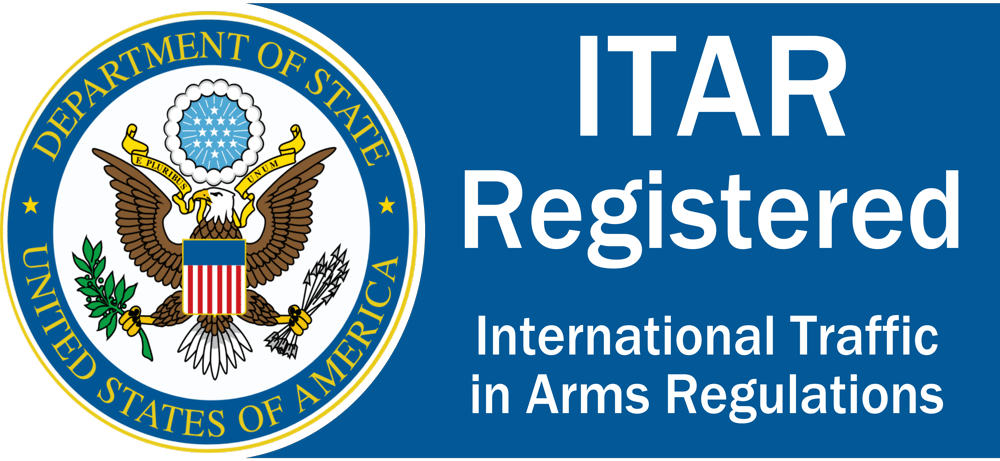
Where used: Machining especially useful in evaluating mechanical performance in specific materials prior to finalizing part geometry and material specifications. Machining is suitable for prototyping and low volume production.
We understand the requirements of high-volume manufacturing and offer design for manufacturing experience to ensure cost effective manufacturable products as products are delivered from prototype to high volume production.
Overview: Polyjet provides the ability to print multi-material, highly accurate and tight tolerance parts. Parts can be black, white, transparent and have a range of softness from rubberlike to rigid in the same part.
Overview: Machining is a subtractive process where we start with a solid block of material and remove material to leave a finished part. Machining allows for use of specific grades of plastics or metals that are not available for printing.
Materials Used & Part Characteristics: FDM is noted for it wide range of material options.Some of the major materials include ABS, PLA, Nylon (PA6 / PA 66), PETG and TPU materials are melted and extruded in round layers to build up parts. Because the extrusion is round, sharp corners and other fine features are limited.
With short lead times, and the ability for customers to personalize their jars and caps - Parkway is one of the premier manufacturers of Plastic Jars and Caps in the country. Learn more about Parkway here.
The plastic prototyping, modeling and “bridge-to-production” tooling technology is rapidly changing. Texas Injection Molding maintains in-house and an outside network of industry leading providers to deliver our customers a broad range of material, size and processes to model and replicate performance as close as possible to production units. We offer concept review, design consultancy, material selection, prototype and low volume production for projects that are planned to increase to volume production.
Materials Used & Part Characteristics: A variety of UV curable polymers allow for simulation for a range of material substitutes. Polyjet has soft materials in Shore A hardness from 25 – 95, stiff but flexible materials similar in feel too polypropylene, and rigid materials with characteristics similar to ABS. Corners designed to be sharp may have a slight radius.

The injection molding process was first established in the 1930s. Injection molding is today one of the best processes for producing solid and durable plastic jars. Polypropylene (PP) is a common thermoplastic material used in injection molding. Another thermoplastic that is commonly used is Polystyrene. These thermoplastics are often used across the world for the manufacturing of injection molded parts. Parkway Plastics manufactures plastic jars in Polypropylene and Polystyrene in Parkway’s injection molding machines. Let's learn all we need to know about injection molding: Injection molding machines can produce plastic parts for rigid walls such as plastic jars and plastic containers. There is minimal waste in injection molding as the scrap can be recycled again. Being an injection molding manufacturer of plastic jars, we do all we can to reduce waste in and throughout the manufacturing process. How does Injection Molding Work?Injection molding manufacturers produces high numbers of plastic parts with high quality, very fast. Material is fed into a heated barrel where it is also melted. When smooth enough, the material is injected through a nozzle under pressure (filling cycle) to fill a mold cavity and then cools off (cooling cycle). Thereafter, the mold opens and the part ejects. Injection Molding Explained: Characteristics for Injection Molding: Tool = Mold Plastic material is melted and injected into the mold, after cooling the component is ejected from the mold Process = Cyclic (each time mold is filled, cooled and component is ejected) Injection Molded Plastic PartsFrom car bumpers and tiny automotive parts to plastic jars and packaging – the injection molding technique is used for production of tiny necessary parts to larger parts throughout different industries. Here are a few examples: Frisbee (solid part) Hair combs Bottle Caps Body Panels for Cars Plastic Jars Plastic Containers Parkway Plastics is a plastic jar manufacturer based in Piscataway, New Jersey. At our East Coast plant, our injection molding machines manufactures different plastic jars and caps, ranging from 33 mm to 120 mm in diameter. Parkway Plastics stock jars and caps at their manufacturing warehouse as they run different parts through their injection molding machines continuously. With short lead times, and the ability for customers to personalize their jars and caps - Parkway is one of the premier manufacturers of Plastic Jars and Caps in the country. Learn more about Parkway here. NEXT READ:> Blow Molding Explained - How PET Jars and Containers are Manufactured! Ref. https://www.xcentricmold.com/about-injection-moldi... https://www.creativemechanisms.com/blog/five-thing...
Where used: Cosmetic prototypes that require high resolution details and smooth surface finishes. Also used in molds for casting other materials:• Casting and Modeling• 3D Printing
Parkway Plastics is a plastic jar manufacturer based in Piscataway, New Jersey. At our East Coast plant, our injection molding machines manufactures different plastic jars and caps, ranging from 33 mm to 120 mm in diameter. Parkway Plastics stock jars and caps at their manufacturing warehouse as they run different parts through their injection molding machines continuously.
Where used: Polyjet is often used for manufacturing parts with gaskets, seals or need for soft grips combined with hard plastics. Combining colored and transparent resins also allow for illustration and creative design. Polyjet is also used for creating wax molds for investment castings
Where used: Often used in creating fixtures due to low cost and strong mechanical strength. Also used in early stage prototypes or concept models.
GETTING A QUOTE WITH LK-MOULD IS FREE AND SIMPLE.
FIND MORE OF OUR SERVICES:

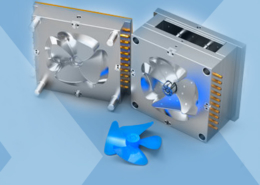
Plastic Molding
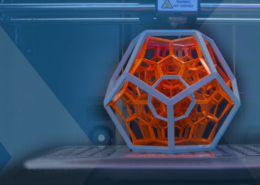
Rapid Prototyping
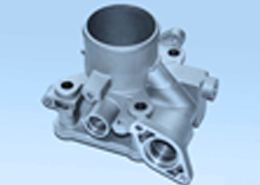
Pressure Die Casting
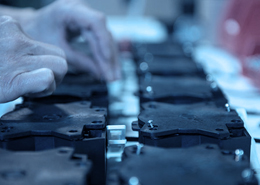
Parts Assembly
